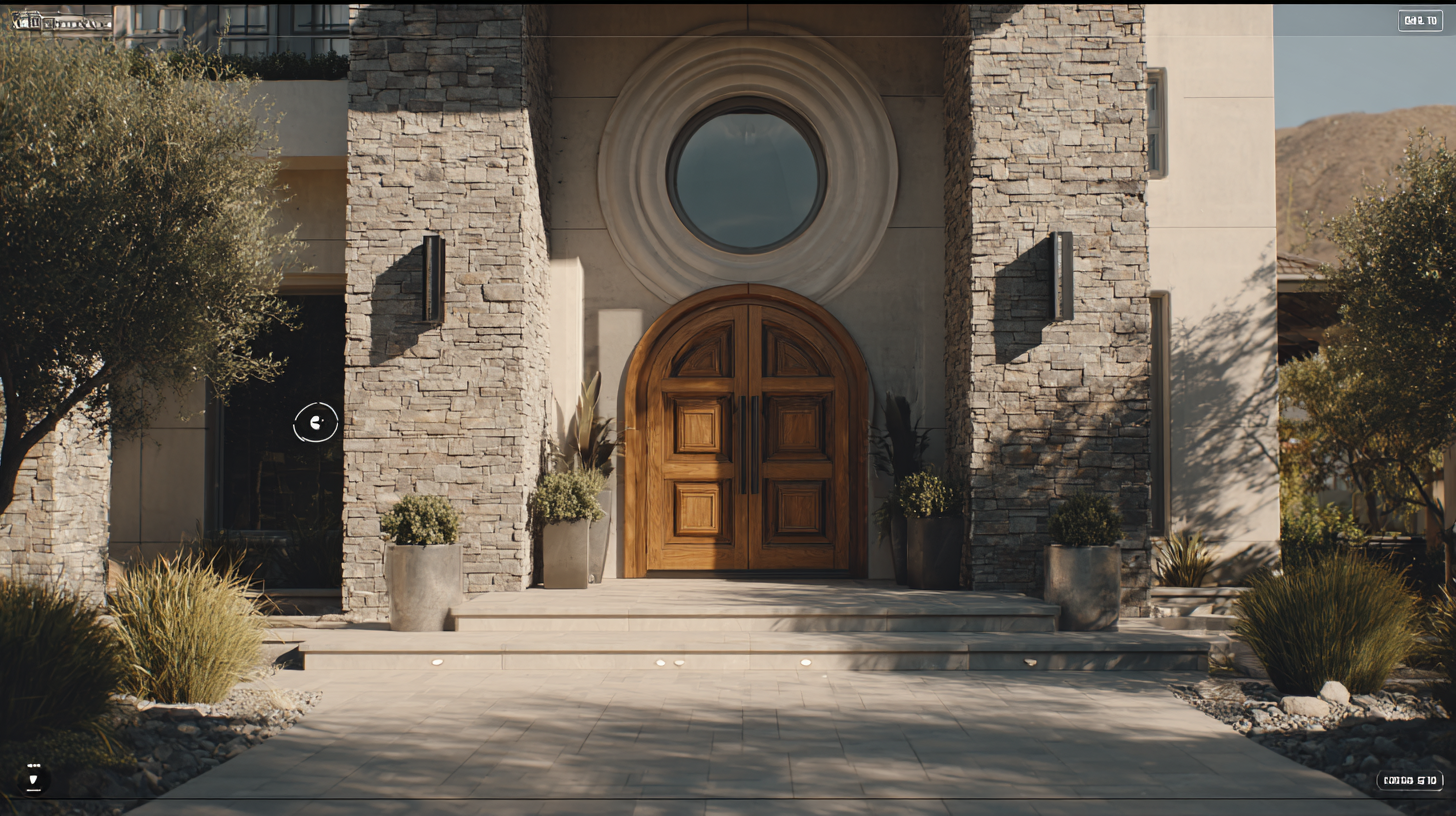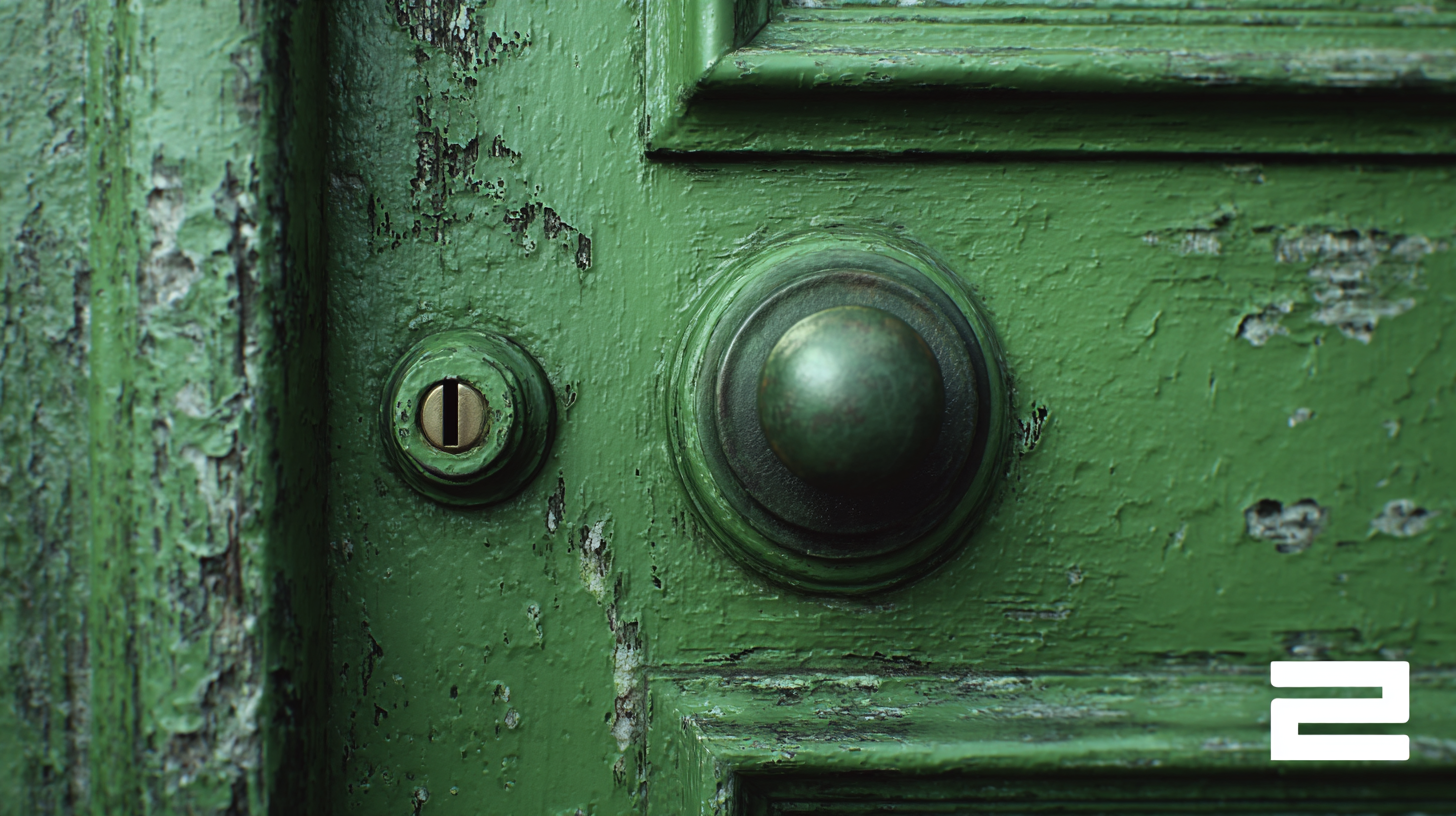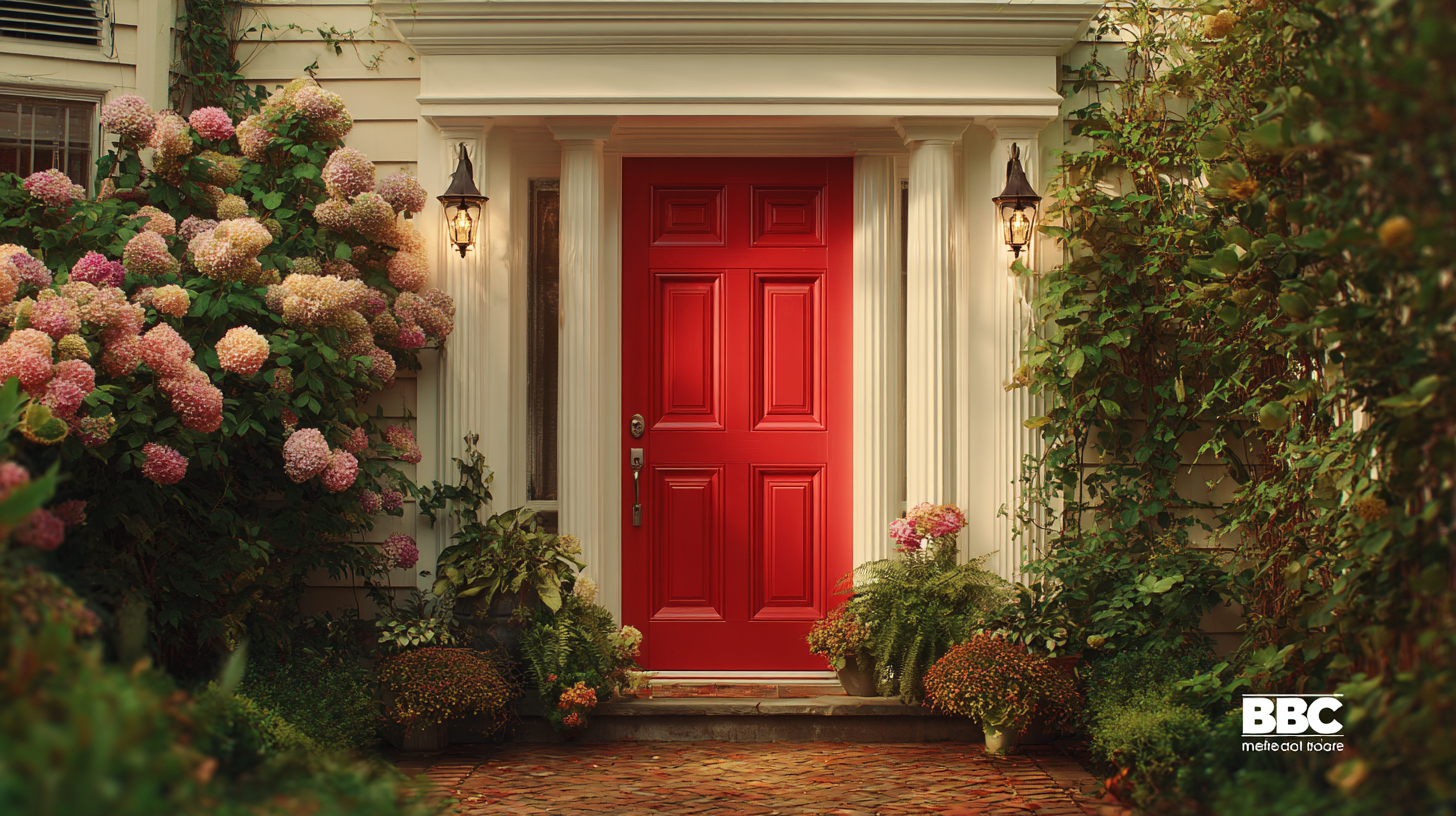Exploring After-Sales Benefits and Maintenance Costs: The Future of Best Entry Doors
In the realm of home improvement and property enhancement, entry doors play a pivotal role not only in aesthetics but also in functionality and energy efficiency. As we delve into the future of best entry doors, it's essential to consider the often-overlooked aspects of after-sales benefits and maintenance costs. Homeowners frequently face challenges regarding the longevity and upkeep of their entry doors, which can lead to unforeseen expenses and dissatisfaction.

This blog aims to explore the common problems associated with various types of entry doors, shedding light on the potential pitfalls of neglecting regular maintenance and the advantages of selecting quality materials. By understanding these factors, we can make more informed decisions that enhance both the beauty and durability of our homes.
Understanding After-Sales Benefits of Best Entry Doors
In today’s competitive market, understanding after-sales benefits is crucial for homeowners considering the purchase of best entry doors. After-sales service, which includes customer support, warranty offerings, and maintenance guidelines, can significantly enhance the overall value of your investment. These benefits ensure that your entry door remains functional and aesthetically pleasing long after installation. Many top brands provide comprehensive support, offering easy access to replacement parts and professional installation services for years to come.
Additionally, the choice of materials and design in entry doors can influence maintenance costs significantly. High-quality doors made from durable materials often come with extensive warranties and lower maintenance needs, which translates into long-term savings for homeowners. Regular maintenance, supported by after-sales services, can prevent costly repairs and extend the lifespan of your entry door. This synergy not only enhances the initial investment but also ensures peace of mind, knowing that you have invested in a product backed by reliable service and support.
Evaluating Maintenance Costs: A Long-Term Perspective
When considering the long-term investment of entry doors, evaluating maintenance costs becomes paramount. Homeowners often overlook the ongoing expenses associated with door upkeep, which can significantly impact budget and property value over time. Entry doors made from high-quality materials such as fiberglass or steel typically require less maintenance compared to traditional wood doors, which may need regular painting, sealing, or replacing due to environmental wear. By choosing a door that offers durability and low maintenance, homeowners can ensure a more favorable cost-benefit ratio in the long run.
Additionally, the design and choice of materials for entry doors can also influence maintenance needs. For instance, doors with weather-resistant finishes or those equipped with energy-efficient features tend to withstand harsh weather conditions better, resulting in lower repair costs. Investing in robust hardware and proper insulation not only enhances the door's lifespan but also contributes to significant cost savings on energy bills. Ultimately, a long-term perspective on maintenance costs can lead to informed decisions that enhance both the aesthetic appeal and functional longevity of entry doors.
Exploring After-Sales Benefits and Maintenance Costs: The Future of Best Entry Doors
| Door Material | Initial Cost ($) | Estimated Lifespan (Years) | Annual Maintenance Cost ($) | Energy Efficiency Rating | After-Sales Support Rating (1-5) |
|---|---|---|---|---|---|
| Fiberglass | 1200 | 30 | 100 | A+ | 5 |
| Steel | 900 | 20 | 150 | B | 4 |
| Wood | 1000 | 25 | 200 | B+ | 3 |
| Aluminum | 1100 | 30 | 80 | A | 4 |
| Vinyl | 950 | 15 | 60 | A- | 5 |
Innovative Features in Modern Entry Doors and Their Impact
In recent years, modern entry doors have undergone significant transformations, incorporating innovative features that enhance both functionality and aesthetic appeal. One of the standout advancements is the integration of smart technology, allowing homeowners to control locks and access remotely through their smartphones. This not only increases security but also provides convenience for busy individuals who may need to grant access to guests or service personnel without being physically present.
Another compelling feature is the use of energy-efficient materials, such as insulated fiberglass and smart glass, which improve thermal performance. These advancements lead to lower energy consumption, keeping homes warmer in the winter and cooler in the summer. Additionally, many entry doors now offer customizable designs, enabling homeowners to select colors, finishes, and hardware that perfectly match their personal style. With these innovative features, modern entry doors are not only enhancing curb appeal but also contributing to energy savings and overall home security, making them a smart investment for the future.
Exploring After-Sales Benefits and Maintenance Costs of Modern Entry Doors
This chart illustrates the maintenance costs and after-sales benefits associated with different innovative features in modern entry doors. The data reflects average costs and benefits based on market research.
Comparative Analysis: Traditional vs. Contemporary Entry Doors
When choosing entry doors, homeowners face the dilemma of traditional versus contemporary designs. Traditional entry doors often boast classic materials like solid wood, offering timeless aesthetics and durability. These doors typically include ornate detailing and craftsmanship that enhance the home's curb appeal. However, as appealing as traditional doors may be, their maintenance costs can be substantial. Over time, wood can warp or rot, necessitating regular upkeep and refinishing to maintain its beauty and functionality.
On the other hand, contemporary entry doors present a modern alternative, often constructed from materials such as fiberglass or steel, which are designed for longevity and low maintenance. These doors usually feature sleek, minimalist designs that align with current architectural trends, creating a striking first impression without the maintenance headaches that often come with traditional wooden options. Moreover, contemporary doors can offer improved energy efficiency, reducing heating and cooling costs in the long run. As homeowners weigh their options, the balance between aesthetic appeal and practical considerations will ultimately guide their choice in entry doors for years to come.

Future Trends in Entry Door Design and Functionality
The future of entry door design is shifting towards a blend of functionality and aesthetic appeal, with emerging trends emphasizing organic forms and vibrant finishes. As homeowners seek to make distinctive statements at their thresholds, arched doorways are becoming a popular choice, moving away from the rigid lines of traditional designs. This trend reflects a broader movement in interior design where curves are seen as a timeless feature, projecting warmth and approachability. According to industry reports, homes incorporating such organic designs can garner up to a 20% increase in perceived value, showcasing the financial benefits of investing in unique door aesthetics.

In addition, the integration of colorful woodwork is positioning itself as a crucial element in modern entryways. Designers are advocating for splashes of color that contrast beautifully with the natural hues of wood, enhancing the overall visual appeal of the home. A study by the National Association of Realtors indicates that homes with distinctive entry features can sell up to 10% faster than their more traditional counterparts. This trend not only elevates curb appeal but also aligns with consumer desires for personalized and innovative spaces, setting the stage for a future where entry doors serve as both functional barriers and striking focal points in home design.

